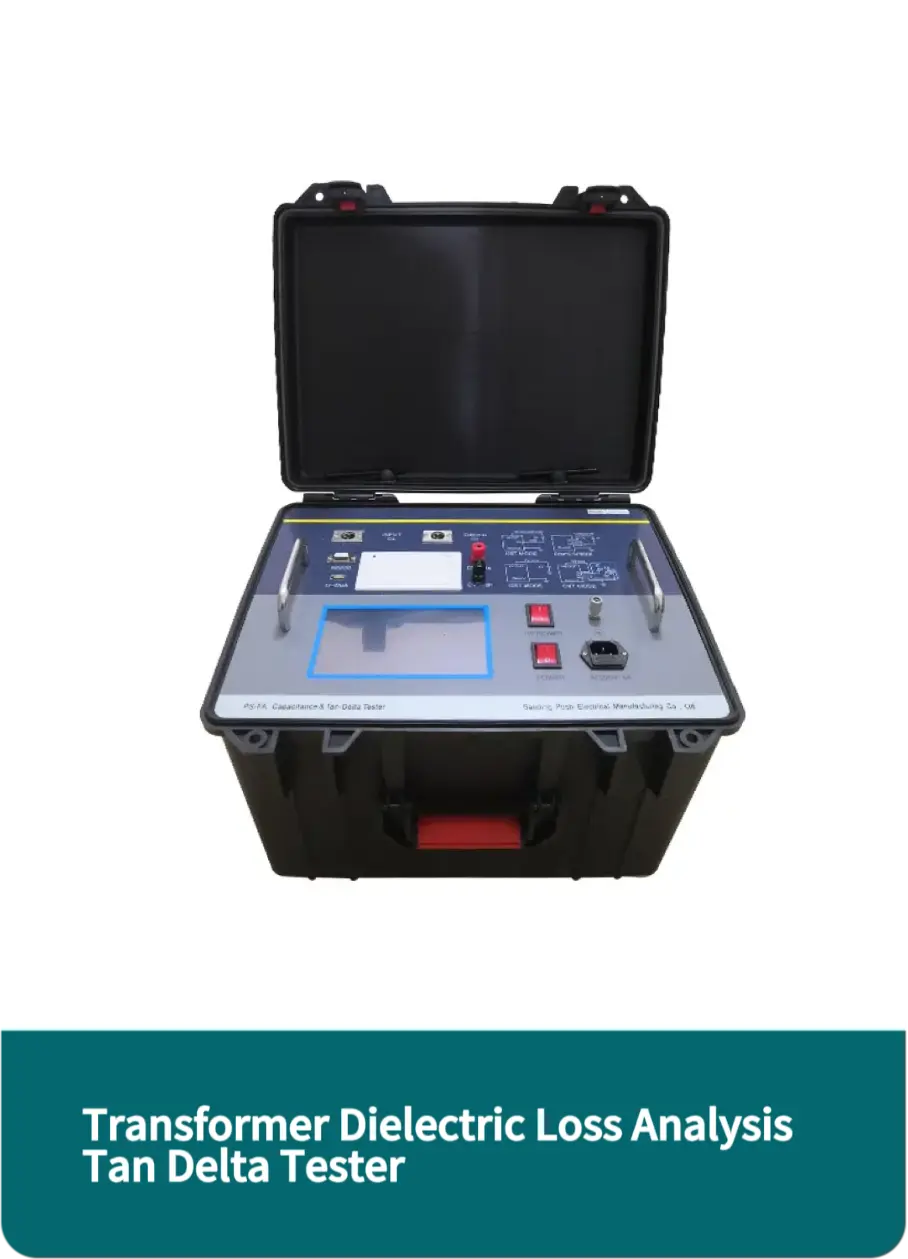 English
English



-
 Afrikaans
Afrikaans -
 Albanian
Albanian -
 Amharic
Amharic -
 Arabic
Arabic -
 Armenian
Armenian -
 Azerbaijani
Azerbaijani -
 Basque
Basque -
 Belarusian
Belarusian -
 Bengali
Bengali -
 Bosnian
Bosnian -
 Bulgarian
Bulgarian -
 Catalan
Catalan -
 Cebuano
Cebuano -
 China
China -
 China (Taiwan)
China (Taiwan) -
 Corsican
Corsican -
 Croatian
Croatian -
 Czech
Czech -
 Danish
Danish -
 Dutch
Dutch -
 English
English -
 Esperanto
Esperanto -
 Estonian
Estonian -
 Finnish
Finnish -
 French
French -
 Frisian
Frisian -
 Galician
Galician -
 Georgian
Georgian -
 German
German -
 Greek
Greek -
 Gujarati
Gujarati -
 Haitian Creole
Haitian Creole -
 hausa
hausa -
 hawaiian
hawaiian -
 Hebrew
Hebrew -
 Hindi
Hindi -
 Miao
Miao -
 Hungarian
Hungarian -
 Icelandic
Icelandic -
 igbo
igbo -
 Indonesian
Indonesian -
 irish
irish -
 Italian
Italian -
 Japanese
Japanese -
 Javanese
Javanese -
 Kannada
Kannada -
 kazakh
kazakh -
 Khmer
Khmer -
 Rwandese
Rwandese -
 Korean
Korean -
 Kurdish
Kurdish -
 Kyrgyz
Kyrgyz -
 Lao
Lao -
 Latin
Latin -
 Latvian
Latvian -
 Lithuanian
Lithuanian -
 Luxembourgish
Luxembourgish -
 Macedonian
Macedonian -
 Malgashi
Malgashi -
 Malay
Malay -
 Malayalam
Malayalam -
 Maltese
Maltese -
 Maori
Maori -
 Marathi
Marathi -
 Mongolian
Mongolian -
 Myanmar
Myanmar -
 Nepali
Nepali -
 Norwegian
Norwegian -
 Norwegian
Norwegian -
 Occitan
Occitan -
 Pashto
Pashto -
 Persian
Persian -
 Polish
Polish -
 Portuguese
Portuguese -
 Punjabi
Punjabi -
 Romanian
Romanian -
 Russian
Russian -
 Samoan
Samoan -
 Scottish Gaelic
Scottish Gaelic -
 Serbian
Serbian -
 Sesotho
Sesotho -
 Shona
Shona -
 Sindhi
Sindhi -
 Sinhala
Sinhala -
 Slovak
Slovak -
 Slovenian
Slovenian -
 Somali
Somali -
 Spanish
Spanish -
 Sundanese
Sundanese -
 Swahili
Swahili -
 Swedish
Swedish -
 Tagalog
Tagalog -
 Tajik
Tajik -
 Tamil
Tamil -
 Tatar
Tatar -
 Telugu
Telugu -
 Thai
Thai -
 Turkish
Turkish -
 Turkmen
Turkmen -
 Ukrainian
Ukrainian -
 Urdu
Urdu -
 Uighur
Uighur -
 Uzbek
Uzbek -
 Vietnamese
Vietnamese -
 Welsh
Welsh -
 Bantu
Bantu -
 Yiddish
Yiddish -
 Yoruba
Yoruba -
 Zulu
Zulu
dielectric resistance test
Understanding Dielectric Resistance Testing
Dielectric resistance testing, an essential procedure in electrical engineering, plays a crucial role in ensuring the safety and reliability of electrical insulation systems. This test is especially important in various industries where machinery and equipment operate under high voltages. By assessing the dielectric strength and resistance of insulating materials, professionals can predict how well these materials will perform in real-world conditions, ultimately preventing equipment failure and enhancing safety.
What is Dielectric Resistance?
Dielectric resistance refers to the ability of an insulating material to resist electric current. This property is vital for electrical components, as inadequate insulation can lead to leakage currents, electrical shorts, and catastrophic failures. Essentially, dielectric materials are non-conductive, meaning they don’t allow electric current to pass through them easily. However, all materials have some degree of conductivity, and dielectric resistance quantifies this behavior by measuring the opposition to electrical flow.
Why Conduct Dielectric Resistance Testing?
The primary goal of dielectric resistance testing is to ensure that electrical insulation is intact and functioning properly. Insulation can degrade over time due to factors such as aging, temperature fluctuations, moisture, and mechanical stress. By measuring dielectric resistance, engineers can identify potential issues before they escalate into serious problems.
Dielectric resistance testing is particularly critical in electrical maintenance programs within power generation, transmission, and distribution systems. It is also vital for industries using high-voltage equipment, such as manufacturing and aerospace, where insulation failures can lead to costly downtime and jeopardize worker safety.
The Testing Process
dielectric resistance test

The dielectric resistance test often involves applying a DC (Direct Current) voltage to the insulation material and measuring the resistance over time
. The most common equipment used in this procedure is a megohmmeter or insulation resistance tester, which applies a specified voltage (usually 500V to 1000V) and measures the resistance in megohms.1. Preparation Before testing, ensure all equipment is de-energized and disconnected from power sources to avoid hazards. 2. Application of Voltage The technician connects the megohmmeter leads to the insulation material under test. The device then applies a controlled voltage for a specific duration, typically ranging from 1 to 10 minutes. 3. Resistance Measurement During the test, the megohmmeter records the resistance of the insulation. A higher resistance value indicates better insulation quality, while lower values signal potential problems.
4. Analysis Once testing is complete, the data is analyzed to determine whether the insulation meets industry standards or requires further inspection or remediation.
Interpreting Results
The outcomes of dielectric resistance tests are often influenced by several variables, including temperature, humidity, and the nature of the insulating materials. As a general rule, insulation resistance values above 1 megaohm per 1,000 volts applied are deemed acceptable for many applications. However, specific standards may vary by industry and application.
A significant reduction in dielectric resistance over time can indicate insulation degradation. It is essential to compare current test results with historical data to gauge the trend of insulation health effectively.
Conclusion
In summary, dielectric resistance testing is a critical procedure that helps safeguard the integrity of electrical systems. By regularly conducting these tests, industries can proactively manage insulation health, enhance operational safety, and extend the lifespan of electrical equipment. In an era where electrical reliability is paramount, understanding and implementing dielectric resistance testing can not only protect investments but also ensure the safety and efficiency of operations across various sectors. As electrical systems continue to evolve and expand, ongoing expertise in dielectric resistance will remain indispensable in the pursuit of excellence and reliability in electrical engineering.
-
Testing Equipment Industry Sees Major Advancements in 2025: Smart & Precision Technologies Lead the WayNewsJun.06,2025
-
Applications of Direct Current Generators in Renewable Energy SystemsNewsJun.05,2025
-
Hipot Tester Calibration and Accuracy GuidelinesNewsJun.05,2025
-
Digital Circuit Breaker Analyzer Features and BenefitsNewsJun.05,2025
-
Benefits of Real-Time Power Quality Monitoring Devices for Industrial EfficiencyNewsJun.05,2025
-
Earth Fault Loop Testing in High-Rise Building Electrical SystemsNewsJun.05,2025



